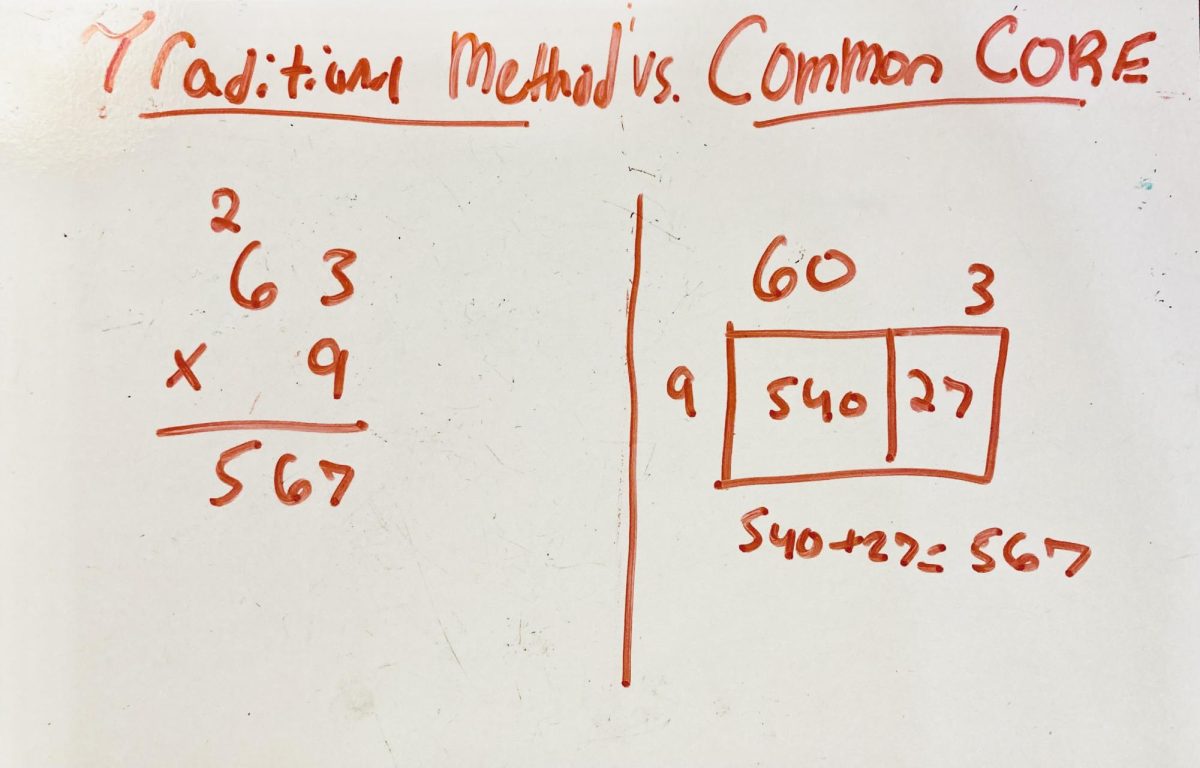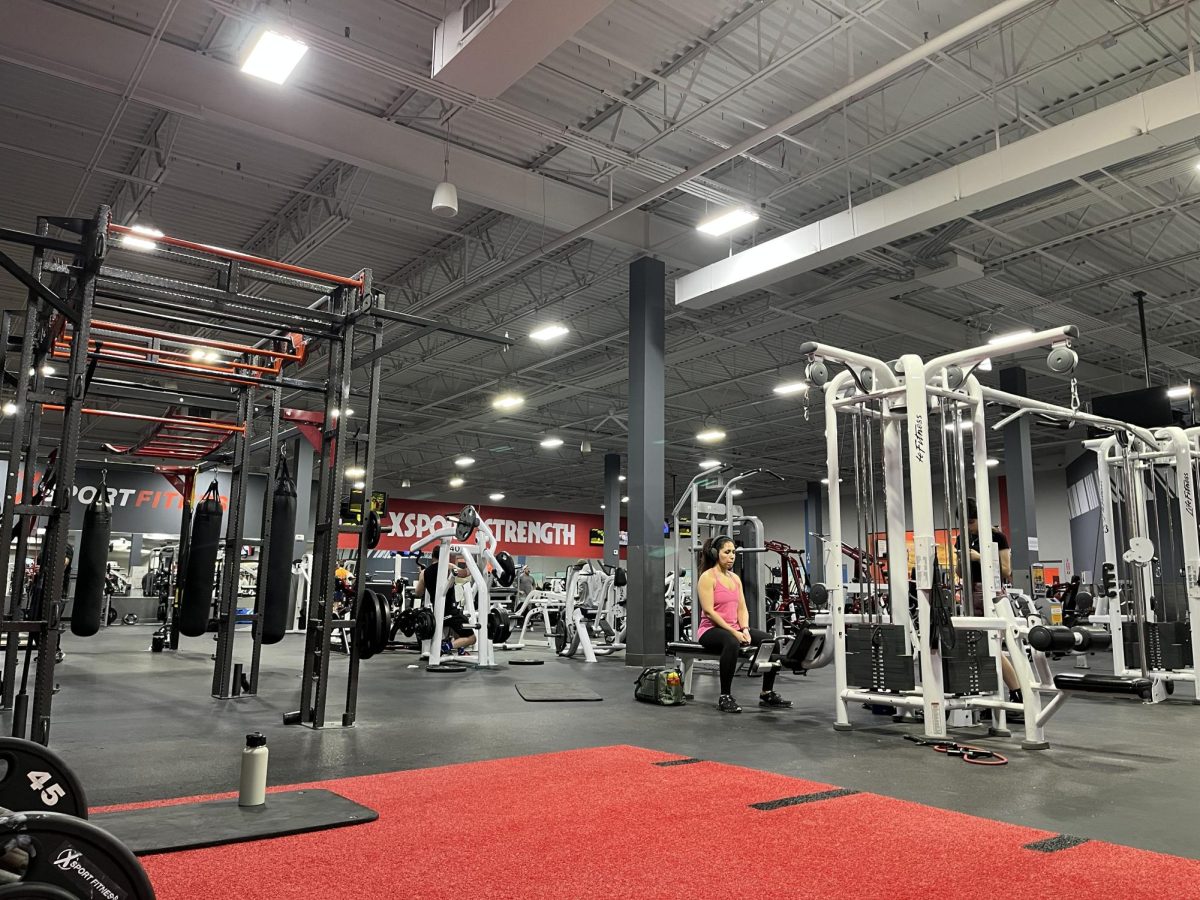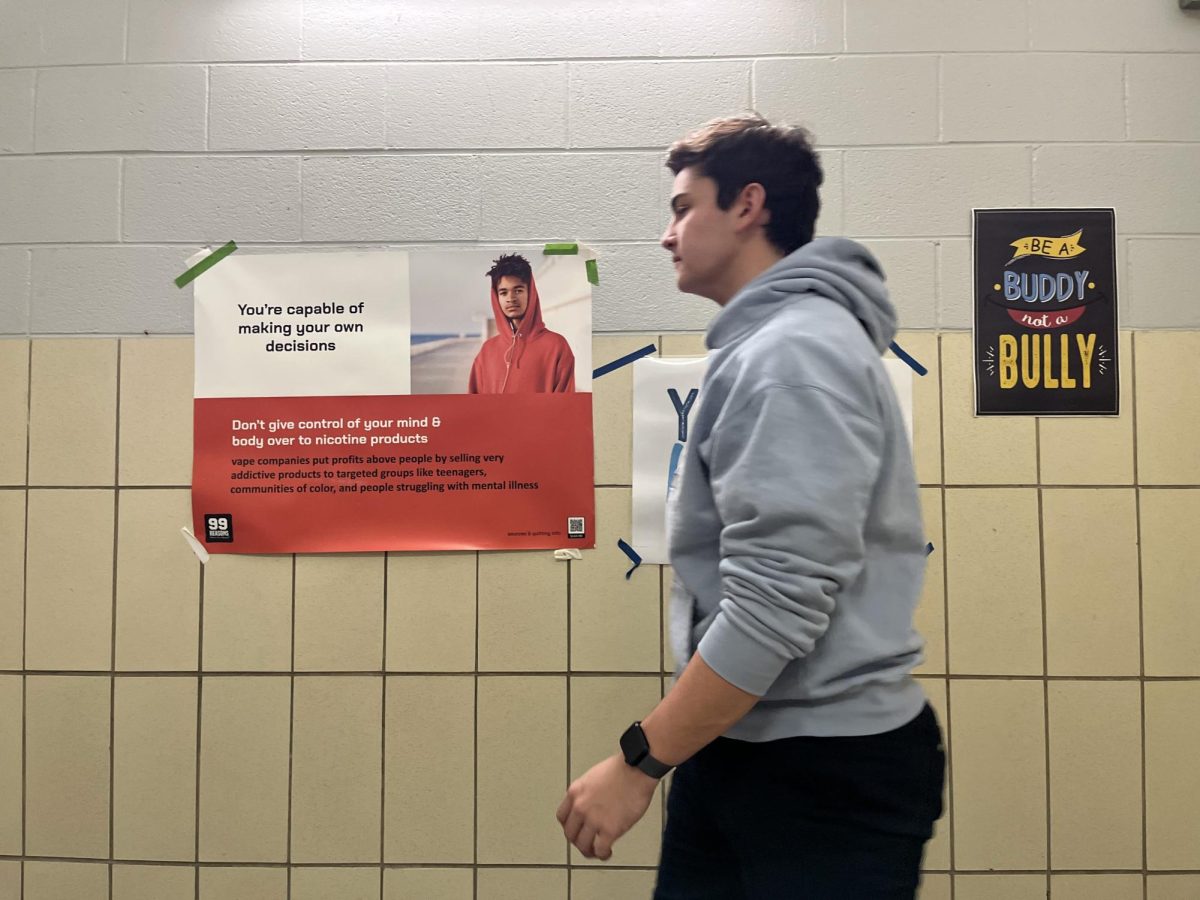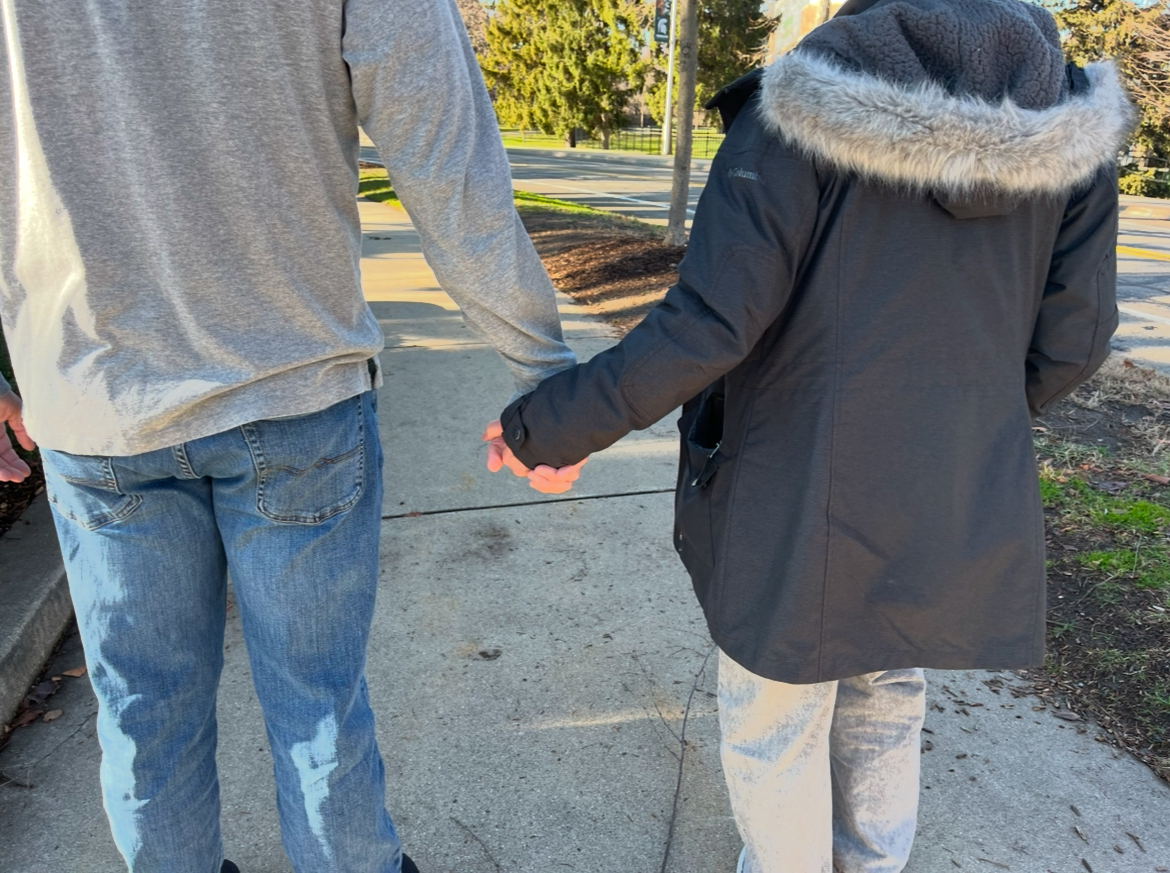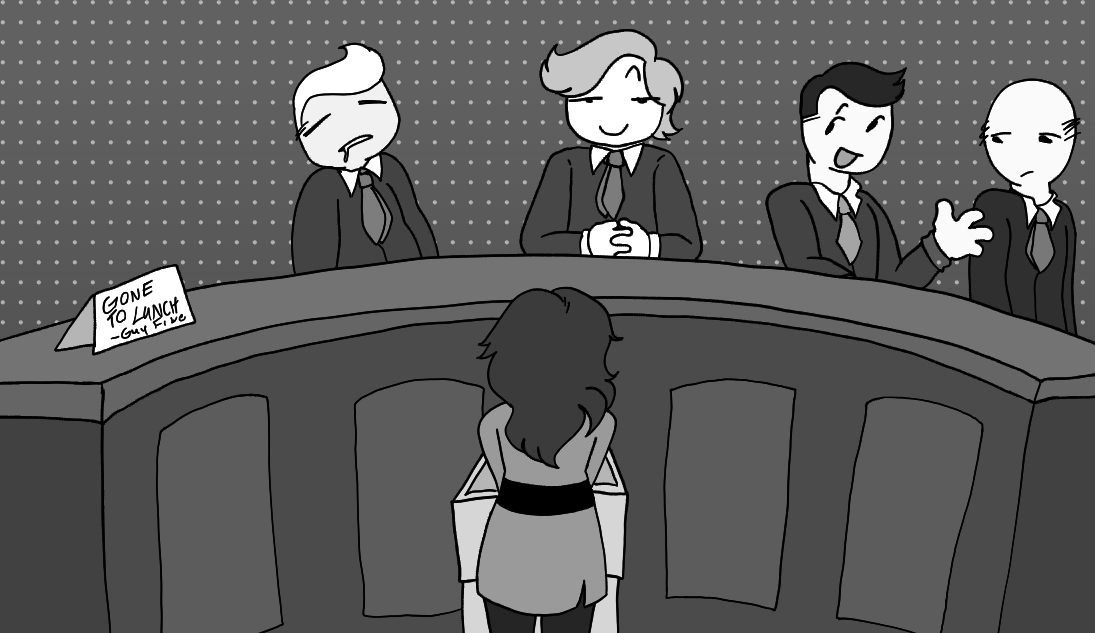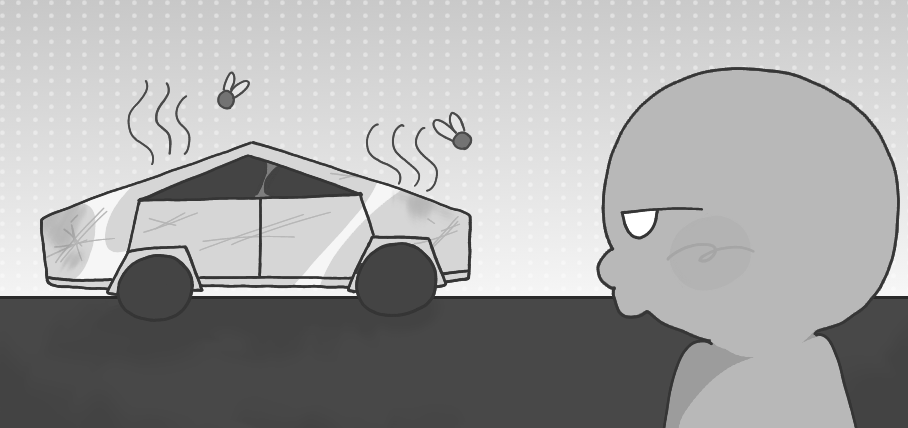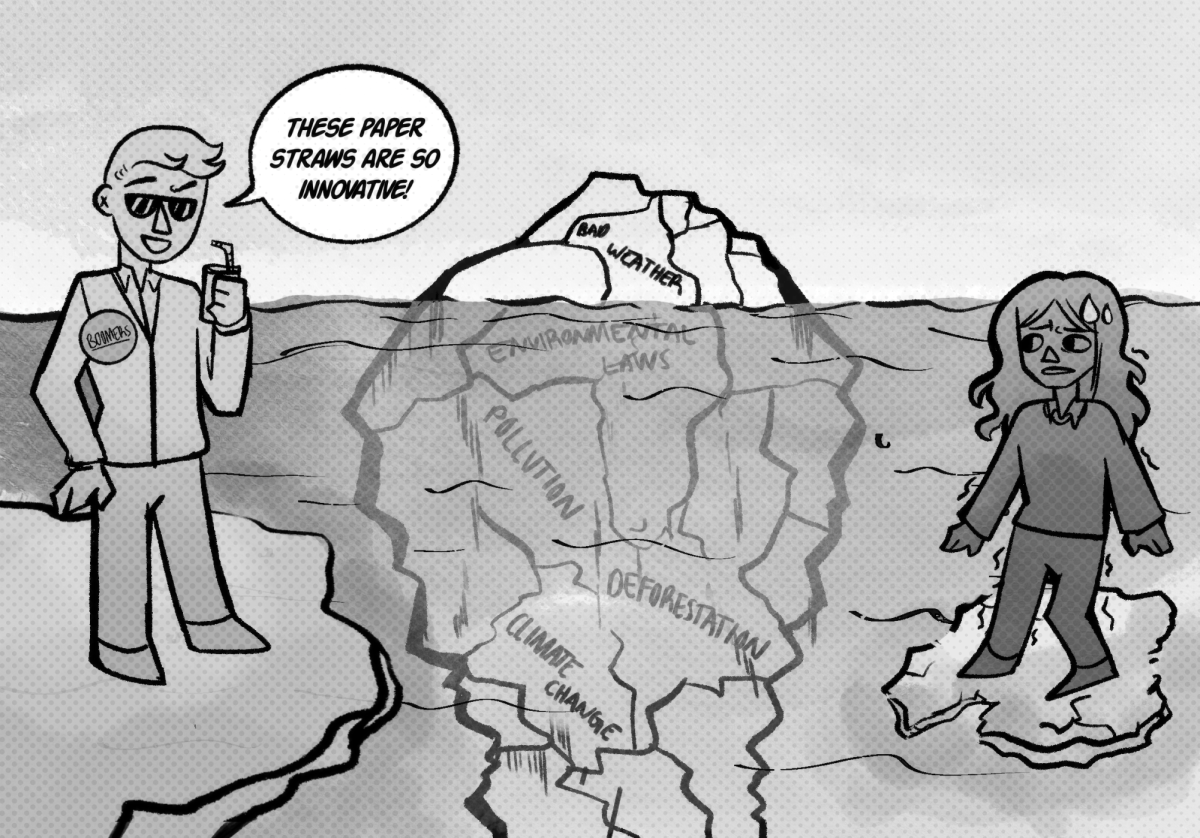Schedule II drugs are defined by the federal government as drugs that have a “high potential for abuse” and can lead to “severe psychological or physical dependence.” Such examples include cocaine, meth, marijana, OxyContin and pharmaceutical fentanyl. Actually, the truth is one of those drugs is classified as a Schedule I drug, which is considered even more dangerous and punished more seriously.
No, it’s not cocaine or Oxycontin or even meth-it’s marijana.
Marijana is, according to the federal government, one of the most dangerous drugs in the entire country, treated similarly to fentanyl, whose lethal dosage is just two milligrams. Clearly then, we are facing a massive epidemic of marijana overdoses and deaths since over 132 million Americans reported using marijana at least once in their life. Except, we’re not, because marijana is one of the safest drugs in the country and it’s been obvious for over a century that our classification is outdated and must change.
Obviously, marijuana isn’t without its negative health effects, especially for those whose brains are still developing, but the intensity of our regulation and criminalization is extreme and unnecessary. We can safely regulate marijuana like we would any other drug of its nature, but that doesn’t justify our full-blown rampage against anyone who uses it.
For most of American history, marijana was completely legal; people enjoyed it just as easily as they would have enjoyed alcoholic beverages or a cigarette. But in 1937, fueled by an era of drug puritans after Prohibition and racist stereotypes of Mexicans becoming deranged killers when smoking the drug, Congress adopted laws making it illegal to grow, distribute or use. These blatant distortions of reality have placed America on the wrong track ever since, freezing federal policy to the whims of racist lawmakers in the 1930s.
But even lawmakers in the 1930s understood that the effects of marijuana were moderate compared to their accusations. Joseph Stiler, a colonel posted in the Panama Canal, authored a military report in 1933 noting that soldiers who were smoking marijuana did not form the same habits as those using cocaine or opiates, and that those reported for delinquency were “negligible in number” compared to alcohol.
Just seven years after Congress criminalized marijuana, the New York Academy of Medicine published the “LaGuardia Report,” which noted that “the basic personality structure of the individual does not change but some of the more superficial aspects of his behavior show alteration” and that “with the use of marihuana the individual experiences increased feelings of relaxation, disinhibition and self-confidence.” The report discredited every argument made by Congress and exposed the federal law as overbearing.
Yet, the law stayed for decades: permanently scarring America’s history and entrenching the law in the minds of Americans. Thus, when the Nixon administration began sorting drugs into different groups based on danger and addictiveness, they placed marijuana into the most dangerous category. This came under intense scrutiny when the Shafer Report was released, which had a bipartisan committee denouncing the classification and calling for the decriminalization of marijuana on the federal level in 1972.
Despite the pressure, the Nixon administration opted to continue their policy and denounced the committee for their findings. Just as in 1937, the government sought to criminalize those who they disagreed with. Only now, instead of Mexicans immigrating to America, Nixon sought to arrest hippies, Vietnam protesters, black Americans and liberals by tying them to drugs like marijuana.
John Ehrlichman, Nixon’s advisor on domestic policy, freely admitted this very fact to the public after his time in the White House.
“We knew we couldn’t make it illegal to be either against the war or black, but by getting the public to associate the hippies with marijuana and blacks with heroin, and then criminalizing both heavily, we could disrupt those communities. Did we know we were lying about the drugs? Of course we did,” Ehrlichman said.
And that’s who wrote our laws; 50 years ago, during the now disgraced Nixon administration, racist officials decided that they would rather just arrest marijuana users than defend their actions in Vietnam or discuss expanding civil rights protections. And just as they intended, Black Americans, even today, are arrested disproportionately more often for marijuana despite using it at an equal rate to white Americans. Those laws and policies have been unchanged since then on the federal level, but it’s time we weed them out.
To fix this, Congress must pass the Marijuana 1-to-3 Act, which would lower marijuana to a Schedule III drug, on par with anabolic steroids or testosterone. This would reduce scientific restrictions on marijuana research and, with Biden’s recent pardon of all those convicted of federal marijuana possession, would help reduce our bloated prison population and set non-violent offenders free.
Additionally, more states should move to decriminalize, or preferably legalize, medical and recreational marijuana. Currently, 38 states allow it for medicinal reasons, while 24 allow it for recreational purposes. At the very least, we should fully endorse medical usage due to its effectiveness of helping many of our veterans with their PTSD and combating veteran suicide.
The history of marijuana has been riddled with blatant racism and xenophobia to justify what the medical and scientific community knew to be wrong from the very beginning. Marijuana never should have been as harshly regulated as it was and still is today, but as the number of states with legal marijana grows higher, less innocent people will have their lives overturned for possessing a relatively safe drug-and that sounds pretty dope.



